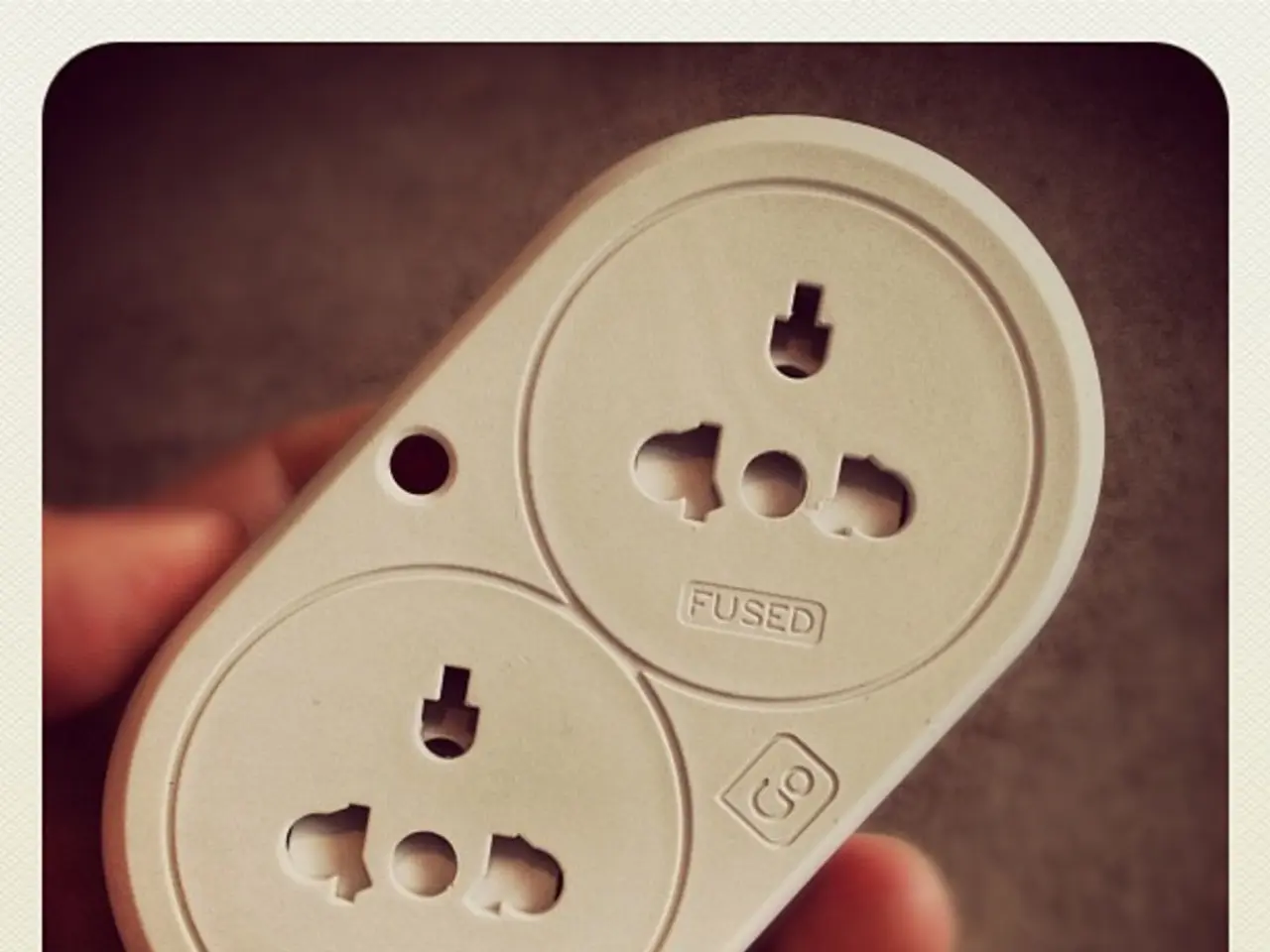Electrical Muscle Stimulation Explained: A Deep Dive into Applications and Details
Electrical muscle stimulation (EMS) is a modern medical treatment that involves sending electrical impulses through the skin to target nerves or muscles using special devices. Two common forms of EMS are transcutaneous electric nerve stimulation (TENS) and electrical muscle stimulation (EMS).
TENS therapy has been found to help increase blood flow to the area and reduce pain, thereby helping muscle firing patterns. A 2021 systematic review and meta-analysis of 381 randomized clinical trials involving 24,532 participants supported TENS treatment for pain, finding that pain intensity was lower during and after treatment with TENS than with a placebo.
EMS may also help reduce chronic pain symptoms, decrease the need for pain medication and its side effects, and improve the quality of life for people with long-term symptoms. However, potential risks include tissue burns, skin irritation, and complications if the placement of electrodes is too close to a transdermal drug patch.
EMS may not be suitable for everyone, and doctors may not recommend it to people who are pregnant, have implanted pacemakers, or have epilepsy. It can, however, help strengthen or retrain a muscle after surgery or an injury.
Postoperative and acute pain can be managed with ES, with transcutaneous acupoint or stimulation protocols (TEAS/TENS-type) reducing acute postoperative pain scores and opioid consumption. In the field of physical therapy, ES is most evidence-supported as an adjunct to standard rehab for early postoperative or immobilized patients to limit atrophy and restore strength, and as a supplement to multimodal analgesia for short-term postoperative pain relief.
ES is also beneficial for muscle strengthening and physical function. NMES protocols used as training generally improve muscle strength, size, and physical function over weeks of intervention. Certain NMES patterns that recruit sensory afferents enhance sensorimotor cortical excitability and may promote plasticity useful for motor rehabilitation.
In addition to its medical applications, EMS can be used as part of a physical therapy program to improve muscle force-generating ability, particularly with Russian stimulation, a technique involving high-frequency electrical muscle stimulation.
EMS devices are available to buy without a prescription, with different units featuring varied electrode sizes, program modes, and strength levels. The best device to purchase may depend on the condition a person wants to treat and their budget.
EMS has a long history, with an early form dating back to the first century, when a Roman doctor used electrical shocks to treat patients with gout. Today, physical therapists sometimes use EMS as a treatment tool to treat conditions that cause weakened or injured muscles.
In conclusion, EMS offers a promising approach to pain relief and muscle recovery. While it may not be appropriate for everyone, it can provide significant benefits for those who can safely use it. As with any medical treatment, it is essential to consult a healthcare professional before starting EMS therapy.
- Electrical muscle stimulation (EMS) can aid in reducing chronic pain symptoms, potentially decreasing the need for pain medication.
- A 2021 study found that TENS therapy, a form of EMS, was effective in managing pain, with lower pain intensity during and after treatment compared to a placebo.
- EMS devices are often used in physical therapy to treat conditions causing weakened or injured muscles.
- NMES protocols used for training can improve muscle strength, size, and physical function over weeks of intervention.
- EMS can be used as part of a physical therapy program to boost muscle force-generating ability, particularly with Russian stimulation.
- EMS devices are available without a prescription, but the best one to purchase might depend on the condition a person wants to treat and their budget.
- In the health-and-wellness field, EMS has been used for atopic dermatitis, psoriatic arthritis, and depression.
- In mental health, EMS therapies and treatments can be beneficial, but medical professionals should be consulted before starting EMS therapy to predict potential risks and possible interactions with other conditions like type 1 diabetes, asthma, and nutrition requirements.




